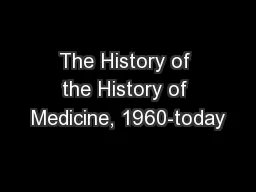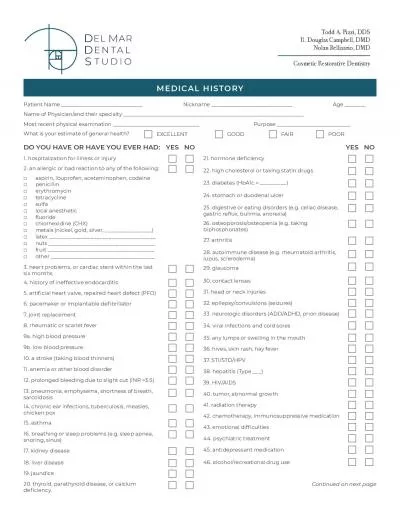PPT-Medical Advances Throughout German History
Author : heartfang | Published Date : 2020-06-17
Brianna JacobsJohanna German Nobel Peace Prize Winners in MedicinePhysiology Paul Ehrlich Gerhard Domagk Robert Heinrich Herman Koch Sir Ernst Boris Chain Max Delbruck
Presentation Embed Code
Download Presentation
Download Presentation The PPT/PDF document "Medical Advances Throughout German Histo..." is the property of its rightful owner. Permission is granted to download and print the materials on this website for personal, non-commercial use only, and to display it on your personal computer provided you do not modify the materials and that you retain all copyright notices contained in the materials. By downloading content from our website, you accept the terms of this agreement.
Medical Advances Throughout German History: Transcript
Download Rules Of Document
"Medical Advances Throughout German History"The content belongs to its owner. You may download and print it for personal use, without modification, and keep all copyright notices. By downloading, you agree to these terms.
Related Documents














